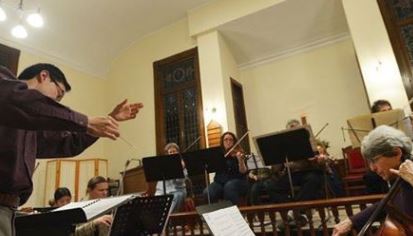While the current war between Russia and Ukraine has been framed as an unprovoked action by the Kremlin, the threat of NATO amassing arms along its border tends to diminish that narrative.
Russia has a long history of being invaded through the land associated with Ukraine due to its geographical location and the various empires and states that have existed in the region.
In the early 13th century, the Mongol Empire, under the leadership of Genghis Khan, began its westward expansion. They conquered vast territories, including much of modern-day Ukraine and Russia. Kyivan Rus, a medieval state that once controlled the region, was devastated by the Mongol invasion, and it effectively marked the end of Kyivan Rus as a dominant power.
After the Mongol invasion, the western part of the Mongol Empire became known as the Golden Horde. It ruled over what is now Ukraine and parts of Russia for several centuries. The Mongols heavily influenced the politics and culture of the region during this time.
Ukraine, including parts of western Russia, was part of the Polish-Lithuanian Commonwealth for several centuries. This led to cultural and religious conflicts, as the Orthodox Christian population in the region often clashed with the Catholic Polish rulers.
The Cossacks, a semi-nomadic warrior group, played a significant role in the region during the 17th century. They rebelled against both Polish and Russian rule in various uprisings, seeking greater autonomy.
The Russian Empire, under leaders like Catherine the Great, expanded its territory westward, including parts of Ukraine. The late 18th century saw the partitioning of Poland, which resulted in further incorporation of Ukrainian territories into the Russian Empire.
World War I and the Russian Revolution (Early 20th Century): Ukraine experienced turmoil during World War I and the Russian Revolution. It briefly declared independence as the Ukrainian People’s Republic in 1917 but soon became a battleground between various factions, including the Bolsheviks, the White Army, and foreign powers.
- Soviet Invasion of Ukraine (1939): In the lead-up to World War II, the Soviet Union, led by Joseph Stalin, invaded eastern Poland, which included Ukrainian territories. This event marked the beginning of Soviet control over western Ukraine.
- World War II and Nazi Occupation: During World War II, Ukraine faced brutal Nazi occupation in the western part of the country, while the eastern part remained under Soviet control.
- Collapse of the Soviet Union (1991): With the dissolution of the Soviet Union in 1991, Ukraine gained independence. However, this event also marked the beginning of political and territorial disputes, particularly in Crimea and eastern Ukraine, where Russia has been involved in conflicts and territorial claims.
The history of invasions and conflicts in the region associated with Ukraine reflects its strategic importance and its location at the crossroads of Europe and Asia. This history has had a profound impact on the culture, identity, and geopolitics of both Ukraine and Russia. It continues to influence contemporary events and conflicts in the region.




Best comment this week.
LOL Handicap Port-a-Potty gets main billing for all the tard-lib boomers that ran away from their dumps in NOVA and…
Buddha, that caught my attention. Without going into too much here, let’s just say I know some things and the…
They call him 'King'. He lives in their minds, rent free, 24 hours a day, 7 days a week. Weak…
The property is actually located at 861 Randolph Ave. There is no listing for the property on coastallifeoc.com The QR…